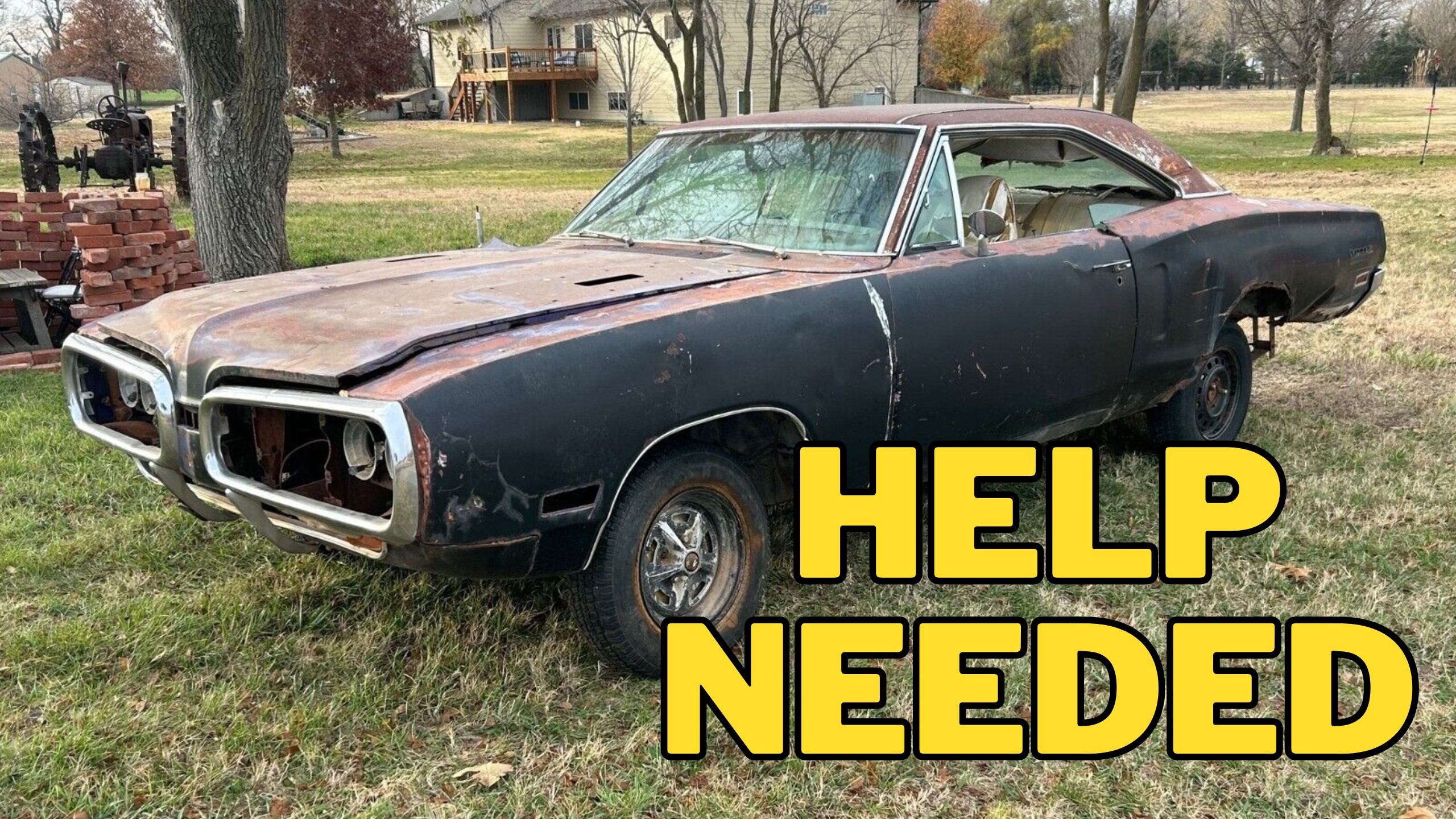The Super Bee received a significant redesign in 1970, but it couldn’t stop the decline that became more obvious in the early years of the new decades. The performance car trend was slowly losing traction, and the Super, along with its siblings from Plymouth, felt the impact heavily.
Dodge produced close to 30K Super Bees in 1969, but sales dramatically fell to 15,500 units a year later. 1971 brought another decline to approximately 5,000 units.
Despite the obvious drop, the carmaker tried to retain the Super Bee’s performance focus, so the engine lineup remained mostly unchanged. The 1970 model year was available with a 383 rated at 335 horsepower, a 426 Hemi with 425 horsepower, and a 440 Six-Pack with 390 horsepower.
The rough Super Bee listed on eBay by seller 850xp rolled off the assembly lines with a 383 four-barrel unit paired with a 4-speed manual transmission. The powertrain is long gone, and while most people are tempted to walk away at this point, it’s not all bad news. The lack of an engine allows a Super Bee owner to upgrade the performance under the hood, so if you can find a correct Hemi, you could turn the car into a monster on wheels.

The Super Bee left the factory with the Plum Crazy finish, but the desirable paint is already a thing of the past. The car needs a complete restoration, and despite looking rough, it seems to check the essential boxes for a solid candidate.
The first thing you must check is the metal’s condition. The rust has already invaded the undersides, and part of the floors must be replaced. The N96 hood that came with the car is still around, so you can retain the original setup during the restoration.
However, the Super Bee is far from a complete car. Many parts are missing, so it’s clear the project isn’t aimed at the faint of heart. It requires work in all essential parts, and the most challenging job will be finding the correct parts to complete the vehicle. It rolled off the assembly lines with a white interior and top, a rare setup that could make the overhaul more difficult.
The selling price makes sense, considering it’s a rare car, so the bidding starts at $9,500. The seller did not enable a reserve, so if the auction receives a single bid, the Super Bee leaves for a new home. The bidding will end in five days, and if you want to see the car in person, you can find it in Newton, Kansas. You’ll need a trailer to take it home, and the vehicle should get on it easily as it rolls and steers easily.
